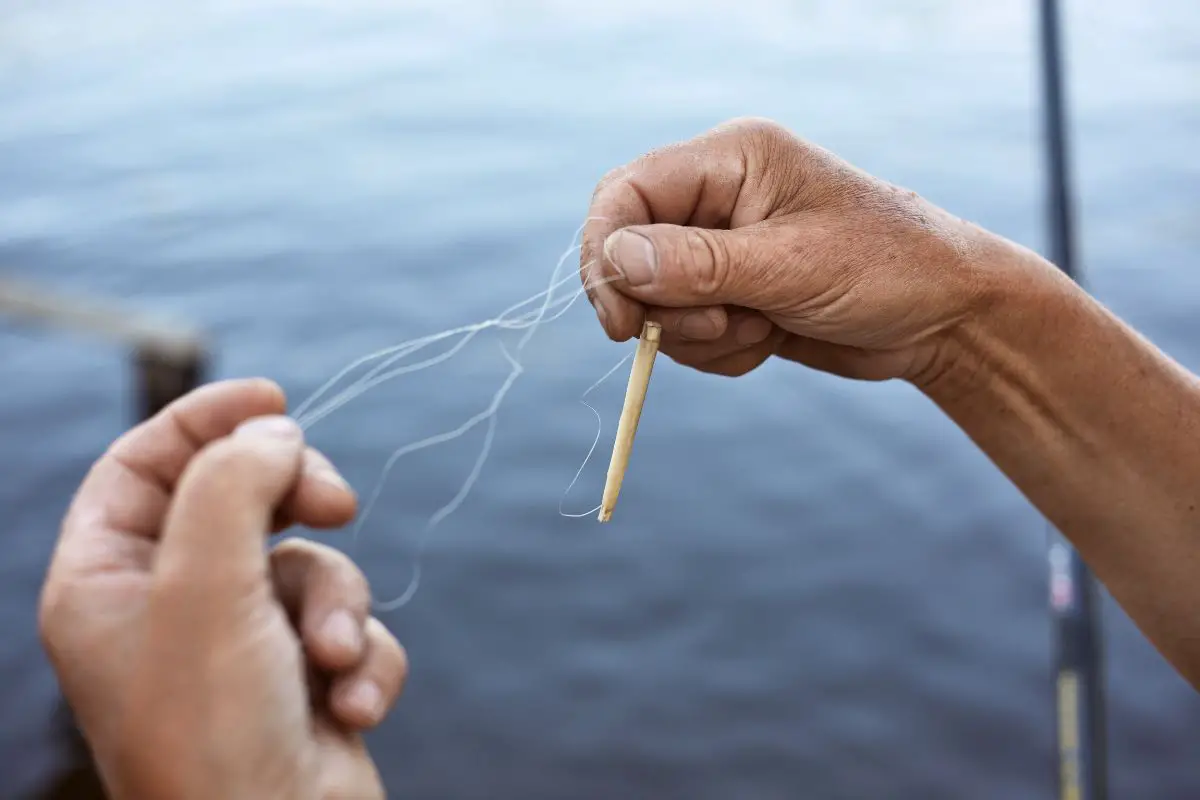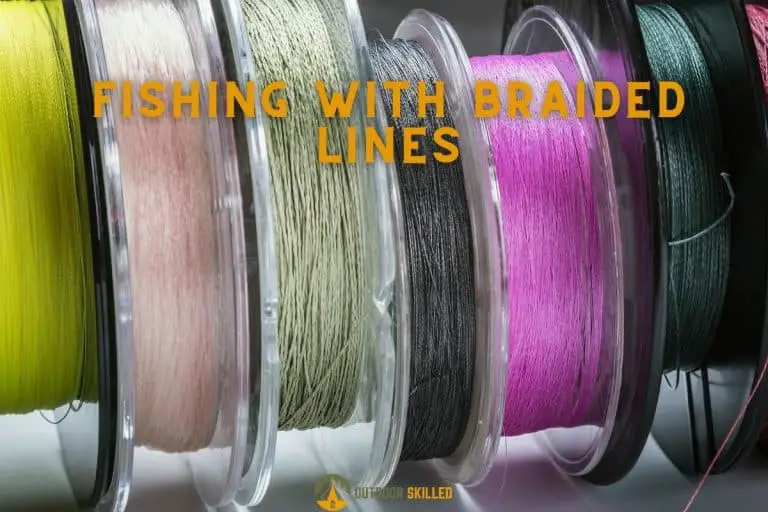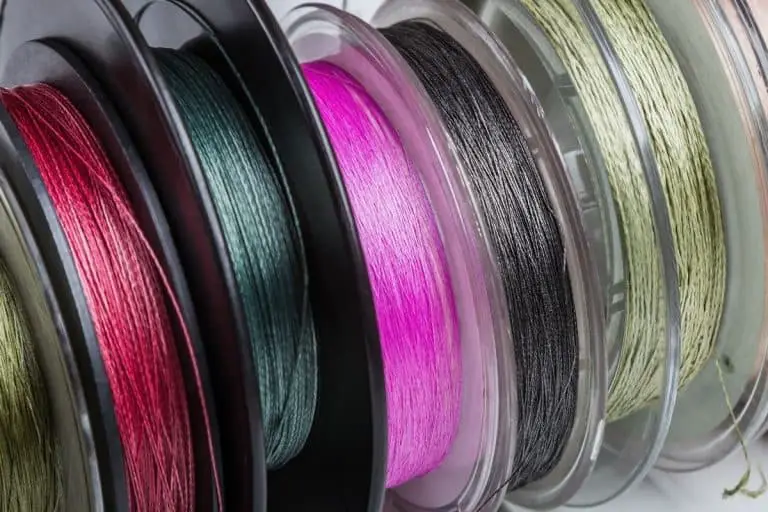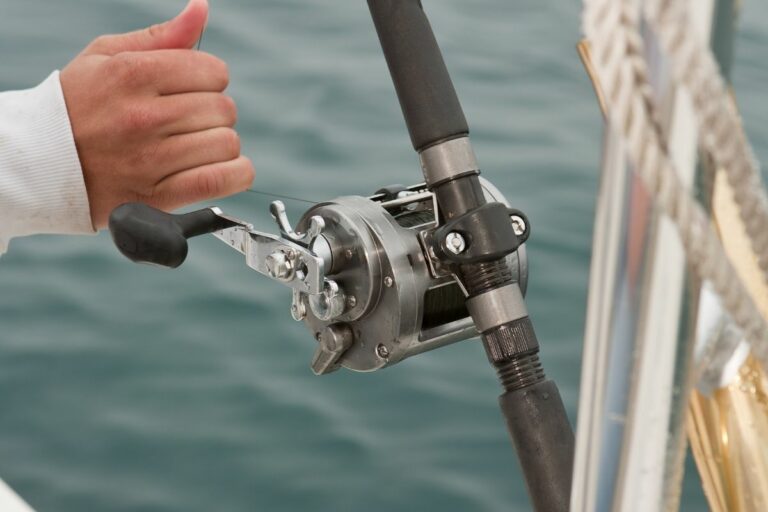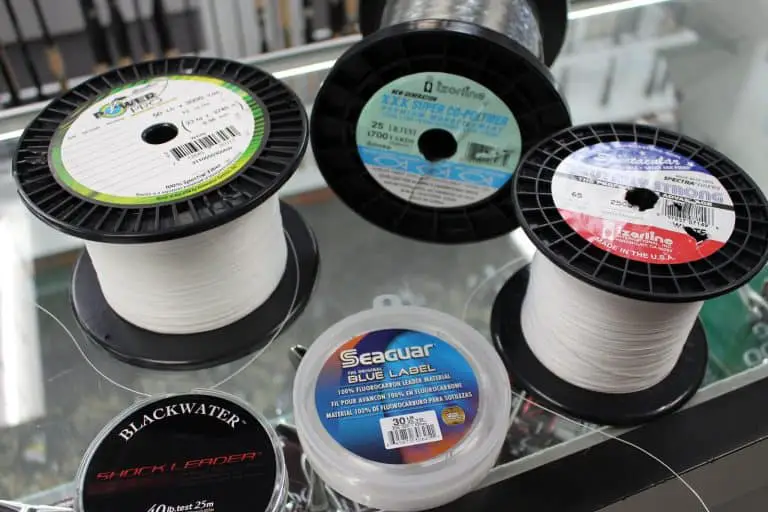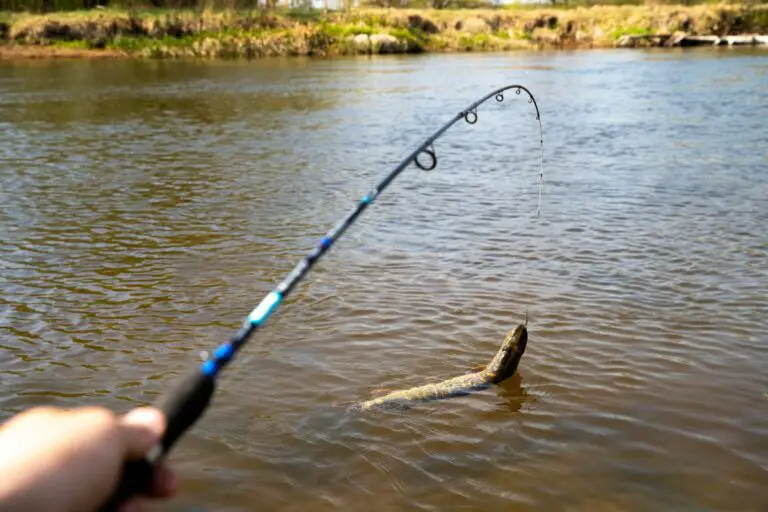Does Fluorocarbon Have Memory? 4 Tips to Reduce Line Memory
Line memory is something that all anglers have to consider, even professionals. It’s one of the main factors that could make or break your fishing performance.
Since the memory varies from one line to another, many anglers who prefer using Fluorocarbon lines wonder whether they will have problems with line memory.
Does fluorocarbon have memory? Fluorocarbon has memory, and it’s the highest compared to other types of lines and that is because it’s stiff, so it tends to take the shape of the spool and becomes curlier over time. This makes the line more difficult to spool and manage properly, which hinders your fishing performance.
Keep reading to learn more about why Fluorocarbon has memory and how to reduce memory in Fluorocarbon lines.
Table of Contents
Does Fluorocarbon Have Memory?

Fluorocarbon has memory and it’s considered to be the highest memory compared to other types of fishing lines.
The term memory refers to the way the line tends to form curls from being tightly coiled or spooled for extended periods of time. The longer the line remains coiled, the more noticeable the curls will be, which indicates that it has a high memory.
Since Fluorocarbon lines have the highest memory, they’re the most prone to curling and tangling. This makes the line more difficult to spool and manage properly, which hinders your fishing performance, causing you to lose a lot of catches.
Why Does Fluorocarbon Have Memory?
Fluorocarbon has memory because of the material it’s made from. It’s made from a chemical known as polyvinylidene fluoride, which causes the line to be very stiff, and the stiffer the line is, the higher its memory will be.
There are certain factors that affect how much memory any type of fishing line has, such as the material, the covering coat, the thickness, and the age of the fishing line.
Over the past years, there have been significant efforts from fishing line manufacturers to enhance the material of Fluorocarbon lines and reduce their memory. However, despite the enhancements, the line memory remains a considerable disadvantage for the Fluorocarbon line.
How to Reduce Memory in Fluorocarbon Lines?
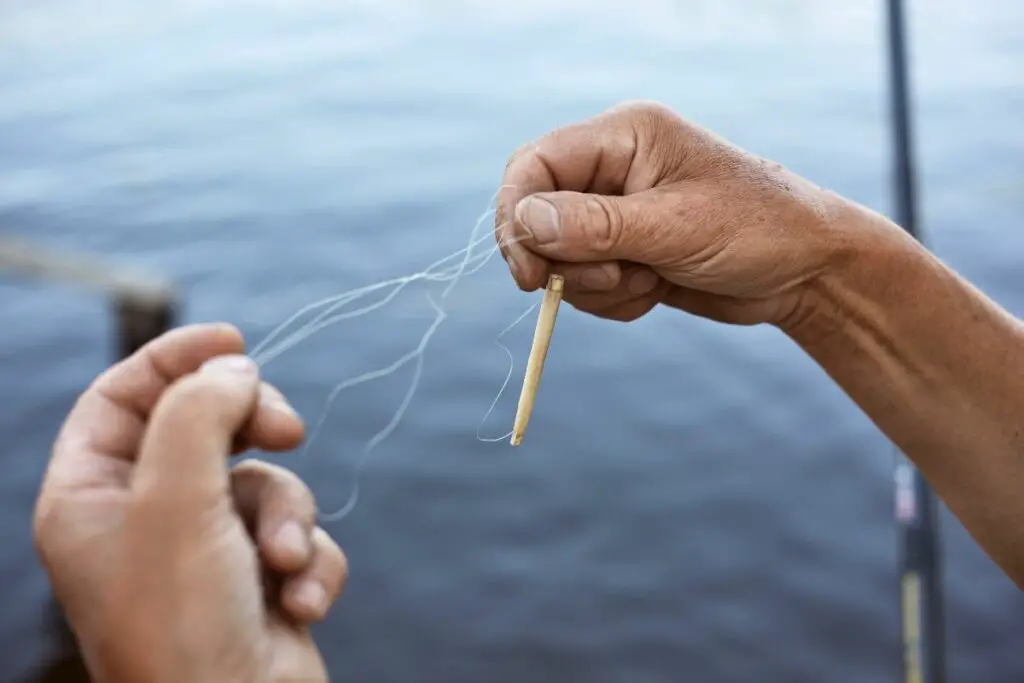
Line memory is considered a disadvantage in Fluorocarbon fishing lines as it hinders your fishing performance and prevents you from getting the many advantages this line can offer.
So, here are some tips you can follow to reduce line memory in fluorocarbon lines:
1. Invest In A High-Quality Line
Cheap or low-quality lines are more likely to be stiff and have higher memory. So, try investing in a high-quality line, especially if it’s said to have low memory on the packaging.
I recommend the Berkley Vanish line which you can find on Amazon here. You can hardly go wrong with this line; it is strong, flexible, smooth, durable, and almost entirely invisible underwater. It will undoubtedly maximize your gain without hitting your wallet too hard.

For more options, you can check my picks for the best Fluorocarbon fishing lines here to find high-quality lines that are surprisingly affordable.
2. Store the Line Properly
Make sure you’re storing your line properly. If you store the line in temperatures that are too hot or too cold, it will be more prone to coiling. So, it’s best to store the line in a dry place with a mild temperature.
3. Check the Line for Damage and Replace It Regularly
Check your fishing line for any signs of damage due to memory and make sure to replace it immediately if you do find any signs of damage.
In general, the frequency at which you should replace your fishing line depends on how much you use the line and how well you maintain it.
4. Soak and Stretch the Line
Soaking the line in warm water for a few minutes and then stretching it can help a lot in reducing line memory. However, make sure that the water temperature is not too high so it wouldn’t melt the line.
There are also certain sprays and conditioners that you can apply on your line to reduce line memory.
The Main Advantages of Fluorocarbon Lines

Even though Fluorocarbon lines have the disadvantage of high memory, they have many other advantages that make them the top choice for most anglers.
So, let’s take a quick look at the main advantages of Fluorocarbon lines:
- Low visibility – It has the same refractive index as water, which makes it less visible to the fish and almost completely transparent.
- High Durability – It’s resistant to UV light damage and abrasion damage which makes it last 4 times longer compared to other fishing lines.
- High Sensitivity – Its stiffness makes it able to transmit even the slightest movement from one end of the line to the other which makes it easier to detect bites from small fish.
- Nonabosrbent – It doesn’t absorb water so it’s more consistent in the way it behaves when it comes to casting distance and accuracy which improves your overall fishing performance, which is why Fluorocarbon lines have a reputation for catching more fish than other line types.
If you’re interested in using a Fluorocarbon line, check out these recommendations for the best Fluorocarbon Lines here.
These Are The Fishing Lines I Absolutely Love
- After Testing endless brands and varieties, these are the best Fluorocarbon lines, these are the best Braided lines, and these are the best monofilament fishing lines.
- These are the best Ice Fishing Lines for your money
- These are the fly fishing lines that have never let me down.
- Targeting Trout? These are the best fishing lines for trout. For Bass, use these bass fishing lines.
- Not sure which fishing line to use? Check out these comparisons:
- Going Crappie Fishing? These Crappie Fishing Lines outperform everything else (and their price!)
Related Questions
Does The Fluorocarbon Line Break Easily?
The fluorocarbon line does break easily. Since it’s stiffer than other types of fishing lines, it’s more prone to tangling and eventually breaking. It also has a weak knot strength, so if the line is not wet when tying a knot, it will break easily.
Does The Fluorocarbon Line Sink?
The Fluorocarbon line does sink. It tends to sink faster than any other type of line because it has a higher density than them. This can be an advantage and a disadvantage at the same time as you won’t be able to use the line for surface fishing, but you can still use it for bottom fishing.
Do You Need Backing for Fluorocarbon Lines?
You do not need backing for the Fluorocarbon lines. You can spool the line directly on the spool without any issues. However, it’s recommended to use a line that’s 8 pounds. Most anglers use monofilament as backing for Fluorocarbon lineS to cut down on their expensive cost.
Does the Monofilament Lines Have Memory?
Monofilament lines have memory. However, Their memory ranges from low to medium compared to other types of lines. This is because the monofilament lines are thin in diameter, and the thinner the line is, the less memory it will have.
Which Fishing Line Has the Lowest Memory?
The fishing line that has the lowest memory is the braided line. The reason it has a low memory is that it has a very thin diameter which causes the line to be less stiff and less prone to curling.
Helpful Resources
If you like this article, please share it or pin it, you can find the share buttons below. We will really appreciate it ❤️

